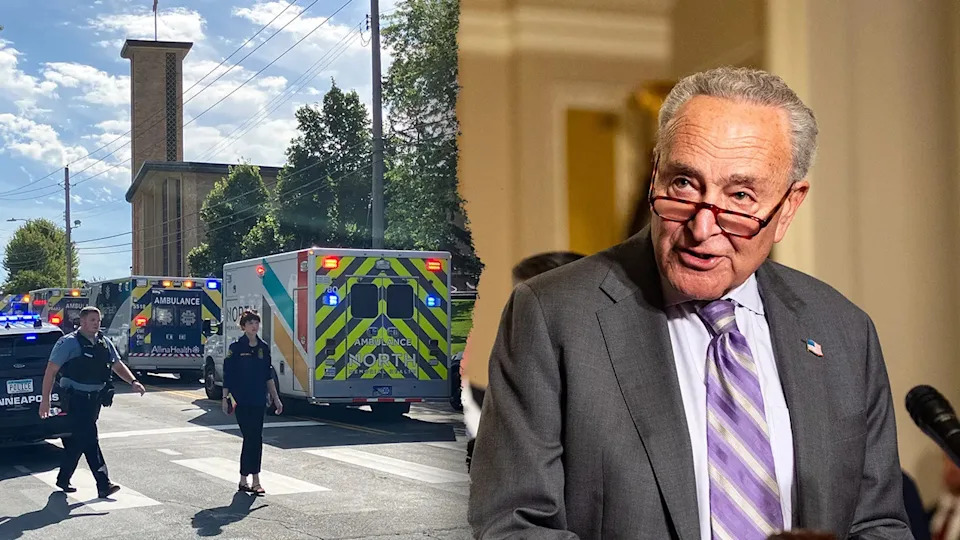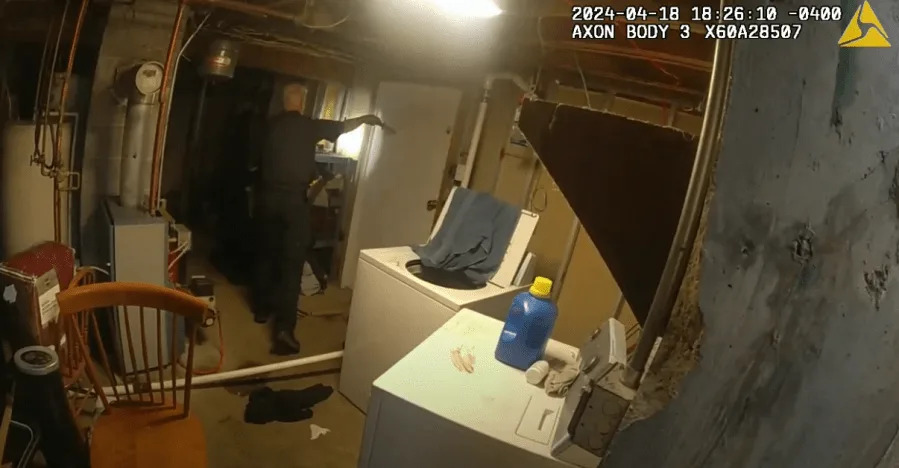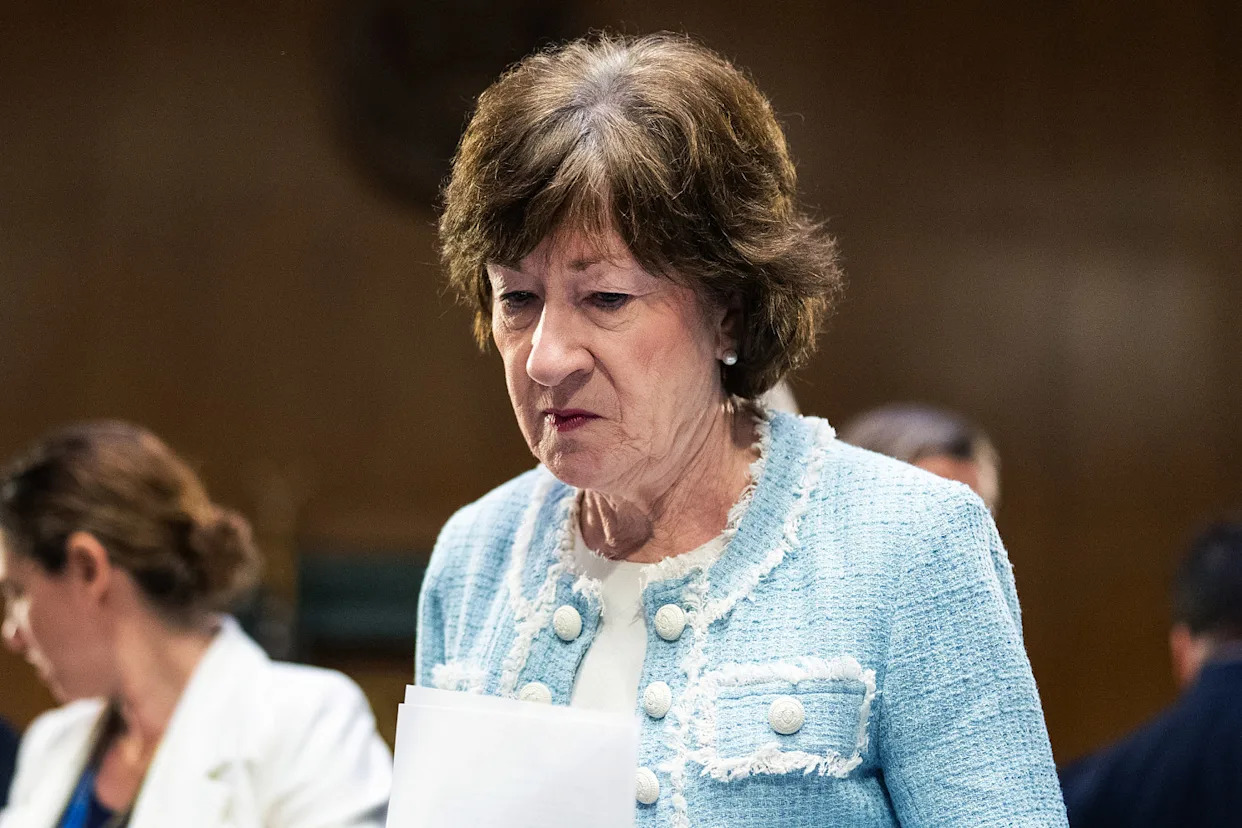
(The Center Square) – Wisconsin has a spending problem, according to MacIver Institute.
The state’s recently approved budget calls for $113.7 billion of spending over two years, an average of nearly $56.9 billion per year, with $3.6 billion of deficit spending over the two years.
That’s after the state planned for $6.3 billion of deficit spending in the last biennial budget, which was saved when taxes came in 11% higher than expected to bring in $2.1 billion in additional funds in financial year 2024 alone.
“Currently, that $4.4 billion in the general fund is what will pull the state through its current budget’s $3.6 billion deficit,” MacIver Content Director William Osmulski wrote. “That will leave a balance of $714 million for the start of the next state budget. That will not be enough to cover another multi-billion-dollar deficit, and the state will have to make deep cuts to, what has become, permanent spending.”
Wisconsin’s annual spending has surpassed other neighboring states with Minnesota spending $66 billion over two years, Ohio spending $60 billion over two years, Illinois approving a $55.2 billion spending plan and Indiana approving a budget with $53.5 billion in spending in fiscal 2026 and $54.7 billion in 2027.
The Michigan House has proposed a plan that, combined with previously approved higher education spending, would cost $79 billion annually.
Wisconsin ranks 20th nationally in population with just below 6 million residents while Illinois (12.7 million) is sixth, Ohio (11.9 million) is seventh, Michigan (10.1 million) is 10th , Indiana (6.9 million) is 17th and Minnesota (5.8 million) is 22nd, according to U.S. Census estimates.
Wisconsin’s population is expected to drop to 5.71 million by 2050 due to an aging population and fertility rates that are lower than the projected death rates.
Wisconsin officials seem oblivious to the issues surrounding their current deficit spending, Osmulski wrote, saying that will be an issue for the next governor and Legislature.
“By next June, the state will know whether or not that gamble is paying off,” he wrote. “Gov. Evers will still be in office, as will this current legislature, and they will take the first steps in writing the 2027-29 state budget. If tax collections are falling short of repeating their historic levels, the state will be facing a serious financial crisis going into the summer of 2027.”
If increased tax collections over estimates continues, Wisconsin leaders could again overspend and lead the state into an “inevitable and catastrophic losing hand,” Osmulski said.
Wisconsin had a $6.9 billion budget balance entering the last biennial budget and a $4.4 billion general fund surplus entering this budget with an estimated $714 million balance after this budget spends down $3.6 billion of the surplus.
It has been 12 years since the state budgeted a surplus, Osmulski wrote, with 15 years of planned deficit spending and 10 with a planned surplus between 2002 and 2027.
The average budgeted deficit since COVID will be $1.8 billion of spending above revenues each year for the seven years while the state budgeted for an average $120 million in annual surplus before COVID.
“Even if these unusually bountiful tax collections continue, it won’t be enough to keep up with the state’s spending trends forever,” Osmulski wrote. “For example, although tax collections were 11% higher than expected in FY24, they needed to be 24% higher to cover the deficit that year. That should have been a wakeup call.”








Comments